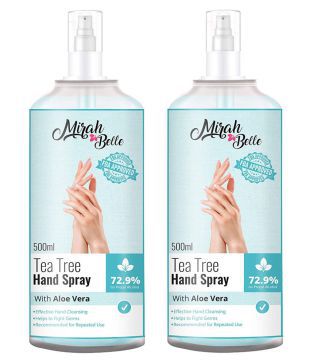what are the refrigerants used in refrigerators, ac, water coolers, walk-in coolers, and freezers
Refrigerants are common for use in refrigerators, water coolers, walk-in coolers (CWC), and freezers. There are many different types of refrigerants that vary from those that emit cold and frost to those that release a refreshing scent. Some of the most commonly used refrigerants include chlorofluorocarbons (CFCs), hydrofluorocarbons (HFCs), ammonia and sulfur dioxide.
Image source: https://www.amazon.com/
There are also various safety measures in place when it comes to the use of these chemicals by manufacturers. One is that the number of chemicals used must not exceed what is listed on their product label or at least limits set by law according to where they’re sold.
Image source: https://in.pinterest.com/
Using all of the chemicals available (which is a fraction of the total number) or using more than what’s listed is considered illegal, so always check for proper labeling.
Image source: https://www.flipkart.com/
Another precaution taken by manufacturers is that they always use refrigerants in appropriate, certified appliances.
Image source: https://www.reliancedigital.in/
Some refrigerants also have to be used with secondary refrigerants such as carbon dioxide and difluoromethane (R-32).
Image source: https://www.snapdeal.com/
These are added to lower the global warming potential (GWP) and increase energy efficiencies. R-32 is also a weaker refrigerant, but as it’s not a hydrocarbon it doesn’t have to be disposed of after the use of the appliance.
Image source: https://www.shopclues.com/
The refrigerants are usually released into the air with an aim to reduce burning of fossil fuels, which would remove harmful greenhouse gases from entering the atmosphere.
Image source: https://www.smartprix.com/
The chemicals used for refrigeration and air conditioning in today’s homes are carefully selected to meet both of these ends.
Image source: https://rtings.in/
The process can seem complicated when you consider all aspects from where each refrigerant is manufactured to how they need to be disposed at the end of their cycle in breaking down into other substances.
Image source: https://www.shopclues.com/s
All refrigerants aren’t the same, but all have effective, useful properties for use in different appliances. When choosing a refrigerant for your refrigerator, be sure to ask what type it is, how efficient (yielding more cooling power) it is and whether there are alternate refrigerants you can choose from.
Image source: https://www.amazon.com/
It’s good to know where these substances come from and how they’re used so that you can make informed decisions on what to buy or what to use when necessary. CFCs are environmentally damaging and should never be used as they’ve been banned with the Montreal Protocol.
Image source: https://pinterest.com/
The remaining refrigerants are considered safe with strict regulations for use and shouldn’t be a problem for the environment in your home.
Image source: https://www.flipkart.com/
Here are some useful links that explain the various refrigerants:
"Ac" means "alternating current" and "air conditioning", while "Aci" stands for "ammonia" which is not a refrigerant, however it is used in industrial air conditioners and humidifiers.
Image source: https://www.reliancedigital.in/
"Aci" is a refrigerant used in industrial air conditioners, humidifiers and in gas-fired or oil-fired recreational vehicles.
Image source: https://www.shopclues.com/
Ammonia (NH3) is a colorless gas with a somewhat pungent odor. It is a key component of fertilizers and the precursor to nitric acid, which plays an important role in many industrial processes including fertilizer production and steel production.
Image source: https://www.smartprix.com/
Ammonia is commonly collected from industrial plants using cryogenic ammonia recovery technology, and then converted into liquefied ammonia at production facilities. For example, the major U.S.













Komentar
Posting Komentar